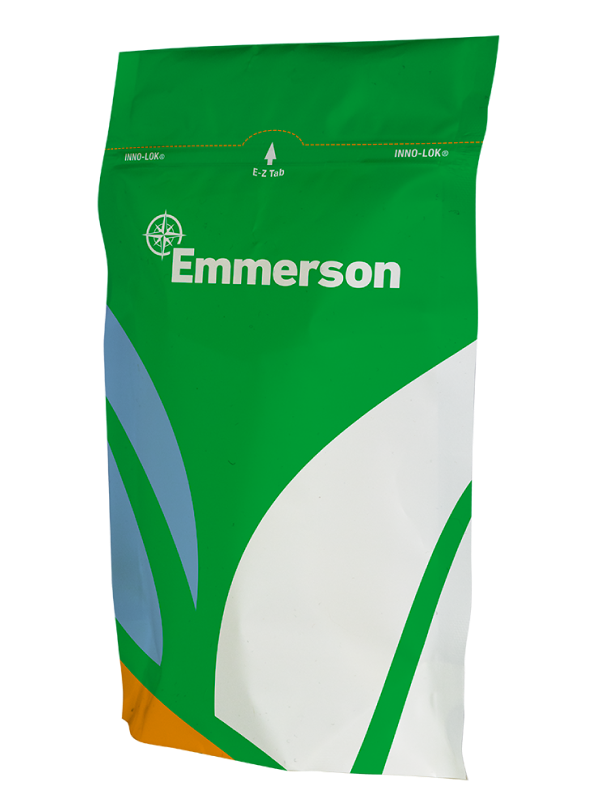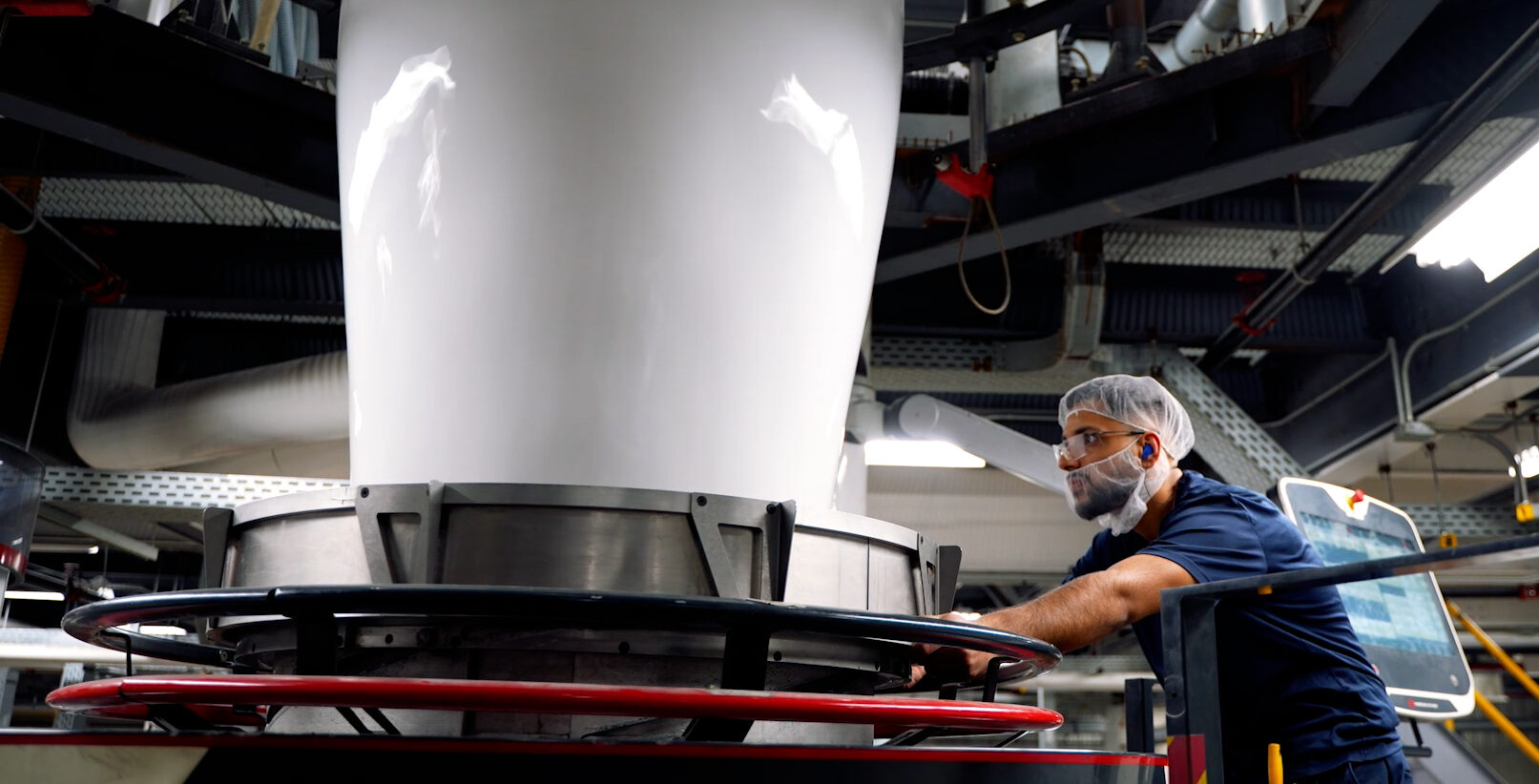Blown film extrusion isn’t new to the packaging world, yet it remains one of the most reliable processes in the flexible packaging industry. If you’ve bought a bag of snacks, a package of frozen veggies, or even industrial wraps, you’ve already encountered the results of this technology. But what makes blown film extrusion such a durable and effective method for packaging?
This guide provides a detailed look at how blown film extrusion works, why it’s a staple in the industry, and why it continues to be indispensable for creating high-quality, cost-effective packaging solutions.
What is Blown Film Extrusion?
Blown film extrusion is a manufacturing process used to produce thin, flexible plastic films. These films are versatile enough to be used across a range of industries, including food packaging, agricultural film, and medical supplies.
The term "blown" refers to the air inflation process, which transforms molten plastic into a tube that is stretched and cooled to form the film. This method is highly effective for creating uniform, durables films with versatile application options.
The Process
Here is a quick breakdown of how blown film extrusion works:
- Loading the Plastic Material: Plastic pellets, commonly polyethylene, ethylene vinyl alcohol (EVOH), or nylon, are fed into the extruder.
- Melting and Extrusion: These pellets are melted as they pass through a heated barrel with a rotating screw. The molten material is then pushed through a ring-shaped die to form a hollow tube of plastic.
- Inflating the Tube: Air is injected into the center of the tube, inflating it into a bubble (this is the "blown" part). The size of the bubble determines the width of the film.
- Cooling: A consistent stream of air cools the bubble as it rises up the extrusion tower. The point where the bubble begins to solidify is called the “frost line.”
- Flattening and Winding: The now-cooled plastic bubble is flattened into a continuous film through collapsing frames and rollers. Depending on the desired product, it may be slit into sheets or wound up as tubing.
- Surface Preparation: The film passes through a corona treater, which increases its surface tension to make it ready for printing or adhesion.
Through this carefully controlled process, manufacturers can produce thin films that meet precise requirements for strength, flexibility, and barrier properties.
Why Blown Film Extrusion Works
Blown film extrusion has stood the test of time, mainly because it offers several advantages:
- Versatility
From food-safe packaging to heavy-duty industrial applications, blown film extrusion can achieve specific properties like puncture resistance, moisture barriers, and flexibility. Manufacturers can even produce multi-layer films for specialized use.
- Cost Efficiency
By optimizing raw material usage and allowing for high-speed production, the process is highly economical. Additionally, unused material can often be recycled and fed back into the extruder.
- Customization
Processes can be adjusted for various widths, thicknesses, colors, and surface textures. Additives like UV inhibitors or anti-static agents can further enhance functionality.
- Sustainability Features
With growing demand for eco-friendly solutions, blown film extrusion can support recyclable and biodegradable material options, helping companies meet sustainability goals.
Key Applications of Blown Film Extrusion
Blown film extrusion finds its place in a wide array of industries thanks to its adaptability:
- Food Packaging
Whether it’s cling wrap, frozen food bags, or snack packaging, blown films provide excellent barrier protection while remaining lightweight.
- Agriculture
Greenhouse films and mulch films are typically made through blown extrusion, offering durability and weather resistance.
- Medical Packaging
Films used for sterilized materials or IV bags come from this method due to its ability to ensure a high-strength sterile barrier.
- Industrial Uses
Heavy-duty sacks, shrink wraps, and liners benefit from blown film extrusion’s customizable thickness and durability.
Challenges to Consider
While blown film extrusion is highly advantageous, it does come with some challenges that manufacturers must manage:
- Cooling Limitations
Compared to cast film extrusion, the air-cooling process in blown film takes longer, which may affect the overall production speed.
- Thickness Consistency
Ensuring uniform thickness across the entire film can be tricky and requires precise controls.
- Equipment Size
Blown film machines often occupy significant vertical space, making them more suitable for facilities with tall ceilings.
Despite these challenges, advancements in technology continue to improve the efficiency and precision of blown film extrusion, ensuring its relevance and value in the flexible packaging industry.
Why Expertise Matters in Blown Film Extrusion
Getting blown film extrusion right involves more than just the equipment. It requires a detailed understanding of materials, process variables, and end-use requirements to produce films that function and perform correctly for their specific applications. This is why working with experienced industry leaders like Emmerson Packaging ensures high-quality outcomes.
Our team takes pride in its ability to innovate and deliver sustainable, customized solutions that cater to your company’s needs. With a focus on quality and sustainability, we help clients from various industries achieve packaging success.
The Takeaway
Blown film extrusion may be a well-established process, but its ability to produce versatile, reliable, and cost-effective packaging ensures it remains indispensable to industries worldwide. By understanding how it works and why it’s effective, businesses can make informed decisions about their packaging needs.
If you’re looking to innovate or improve your packaging solutions with blown film extrusion, reach out to our team at Emmerson Packaging. Together, we can develop packaging that perfectly aligns with your brand’s goals and sustainability initiatives.
Contact us today to learn more!



